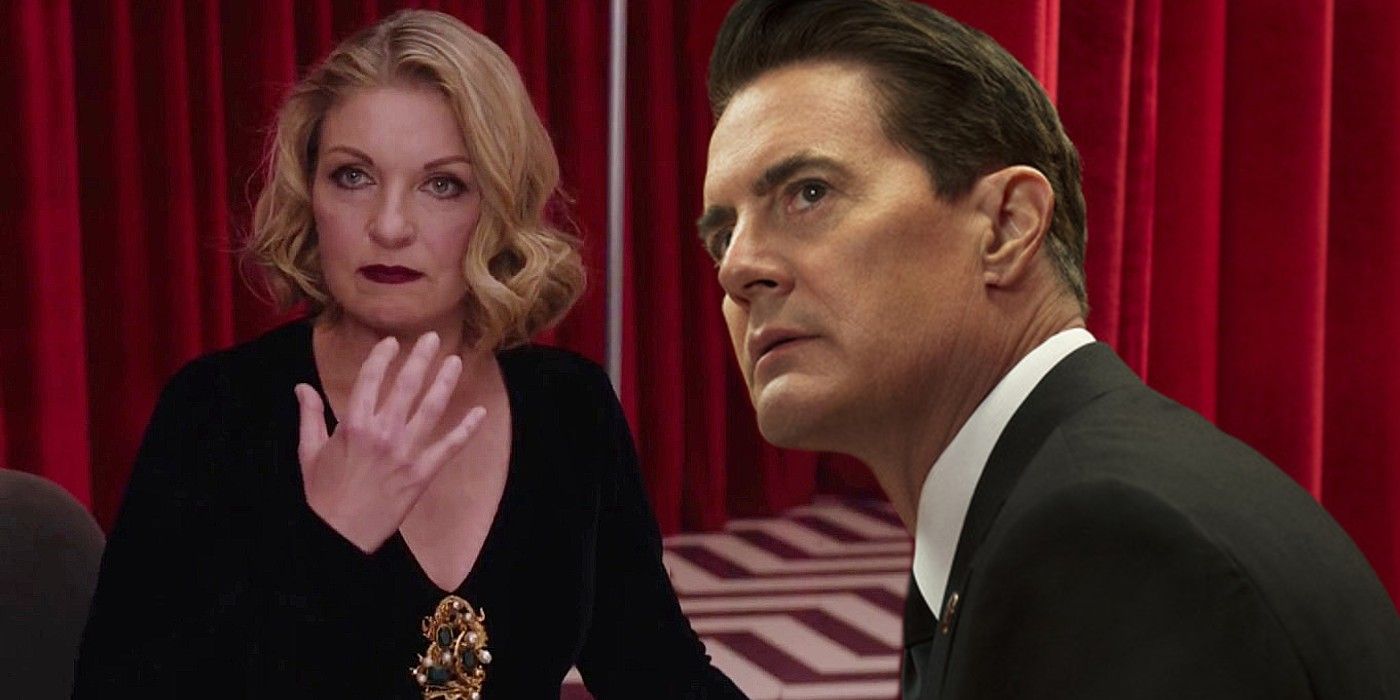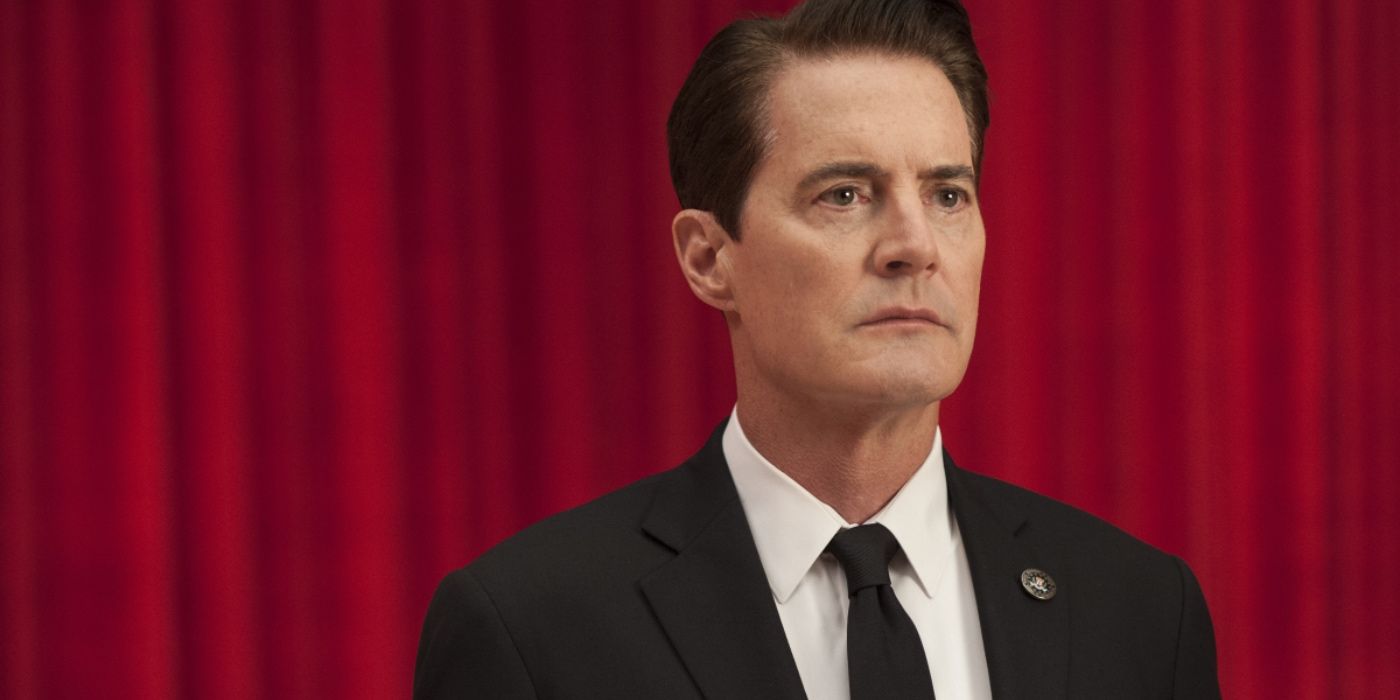David Lynch and Mark Frost’s Twin Peaks: The Return not only stood alone as an eerie masterpiece, but it also set the precedent for subsequent television revivals. The revival aired on Showtime in 2017, 25 years after central character Laura Palmer said “I’ll see you again in 25 years” in the penultimate episode of Twin Peaks. The original cult-classic series injected the traditional murder mystery with Lynch’s signature arthouse surrealism. A quarter of a century later, Twin Peaks: The Return transcended the boundaries of its source material and redefined what it means to revive a television series.
At the beginning of the revival, the one-armed man asked, “Is it future… or is it past?” Twin Peaks had always been, at its core, an exploration of the duality of good and evil, past and present. The original series embraced nostalgia by contrasting the town’s sinister underbelly with the quaint echoes of the 1950s on its surface, from the retro Double R diner to Audrey Horne’s saddle shoes. But the revival was anti-nostalgia, revamping its source material with a new vision that emphasized the doom of revisiting the past.
Twin Peaks: The Return included key characters and images that fans of the original series would recognize, but it made them unrecognizable. Agent Dale Cooper split into two new characters: the innocent, lovable buffoon Dougie Jones and the possessed, cold-blooded Mr. C. The Arm character returned to the Black Lodge as a tree sculpture made of wire and flesh. Fans finally met Cooper’s formerly disembodied secretary, Diane. The series visited Twin Peaks intermittently, but it also explored new territory in Buckhorn, South Dakota; Las Vegas, Nevada; and new dimensions of reality. It didn’t merely revisit the Twin Peaks universe: It reimagined and recontextualized it.
The revival allowed David Lynch to embrace his singular vision, undistilled by network executives trying to appeal to vast audiences. A Lynchian nightmare emerged not just in the series’ nonlinear plot but also in its atmosphere: Lynch lent his musicianship to the series’ squeaking, crunching soundscape, and his background as a visual artist to its stirring industrial images. Most abstract of all was the groundbreaking episode "Gotta Light?", a black-and-white flashback to the first atomic bomb detonation and its imagined aftermath. The critically-acclaimed episode dived into Twin Peaks’ deeper themes of trauma and reframed the entire Twin Peaks story as a meditation on human corruption.
The unconventional revival may have baffled and bewildered newcomers, but it was alienating in the ways a cult-classic revival should be. The series could have become a jaded shadow of its former self by remaining in its insular logging town and spoon-feeding easy, stale references to cherry pie and "damn fine coffee" to its longtime viewers. Instead, it demonstrated that Lynch’s Twin Peaks vision had evolved with the times, expanded with its audience, and retained its original surreal appeal in a new climate.
Twin Peaks: The Return ultimately redefined what a revival can accomplish. It was esoteric enough to reward its cult followers, but radical enough to bring something new to the narrative and the conversation surrounding it. It posed more questions than answers, obliterated the original story, and reassembled it in unfamiliar shapes. Fans may have waited for 25 years for Twin Peaks: The Return, but it provided enough material to dismantle what they thought they knew about Twin Peaks and haunt them for decades to come.


